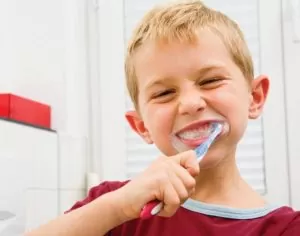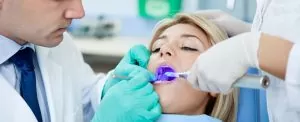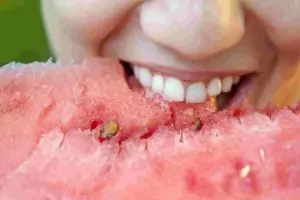
Brushing your teeth may seem like a pretty simple task, but when it comes to maintaining good oral hygiene, proper brushing technique is essential.
We know, we know – you don’t need an expert telling you how to brush your teeth! But who knows? You might learn something new from this blog post… and if nothing else, it will give you a great excuse to take 5 minutes off and head for the bathroom!
So gather around folks (toilet not included), because today we’re about to explore the finer details of how best to brush your pearly whites.
Importance of Brushing Teeth
Maintaining good oral hygiene is vital for healthy teeth and gums. Brushing your teeth twice a day is an essential part of this process, as it helps to remove plaque and prevent gum disease and tooth decay.
Neglecting to brush your teeth can lead to a buildup of plaque, which can irritate and inflame your gums. Over time, this can cause periodontitis, a serious gum disease that can lead to tooth loss.
Brushing your teeth with fluoride toothpaste helps to strengthen your tooth enamel and reduce your risk of tooth decay. So, if you want to keep your teeth healthy and strong, make sure you prioritize brushing your teeth twice a day.
Step-by-Step Guide on How To Brush Your Teeth
Here’s a step-by-step guide on how to properly brush your teeth:
- Start by wetting your toothbrush bristles with water.
- Apply a pea-sized amount of toothpaste to your toothbrush.
- Hold your toothbrush against your teeth at a 45-degree angle, with the bristles pointed towards the gum line.
- Using gentle circular motions, brush the outer surfaces of your teeth. Don’t forget to brush your molars in the back!
- Tilt your brush vertically and use gentle up-and-down strokes to clean the inside surfaces of your front teeth.
- Use a back-and-forth motion to brush the chewing surfaces of your molars.
- Brush your tongue gently to remove bacteria and freshen your breath.
- Spit out the toothpaste and rinse your mouth thoroughly with water.
- Rinse your toothbrush with water and store it in a clean, dry place.
It’s recommended to brush your teeth for at least two minutes, twice a day (in the morning and before bed). Remember to replace your toothbrush every three to four months, or sooner if the bristles become frayed. And don’t forget to floss daily to remove plaque and food particles from between your teeth!
Can Mouthwash Be an Alternative to Brushing?
Mouthwash is not an alternative to brushing your teeth. While mouthwash can be a helpful addition to your oral hygiene routine, it is not a substitute for brushing your teeth.
Brushing your teeth helps to remove plaque and food particles that can lead to tooth decay and gum disease. Mouthwash, on the other hand, can help to freshen your breath, kill bacteria in your mouth, and reduce the amount of plaque and gingivitis-causing bacteria in your mouth.
However, mouthwash alone cannot remove the plaque and debris that accumulate on your teeth and gums. Brushing your teeth with toothpaste and flossing are still the most effective ways to maintain good oral health and prevent tooth decay and gum disease.
It is recommended that you brush your teeth at least twice a day, floss daily, and use mouthwash as an adjunct to your oral hygiene routine. Additionally, it is important to see your dentist regularly for check-ups and cleanings to keep your teeth and gums healthy.
Thank you for reading our article on how to properly brush your teeth! If you found this information helpful, we invite you to explore our website for more articles on oral health, hygiene, and dental care.
In addition to our online resources, we also encourage you to visit our clinic for personalized dental care from our experienced team of dental professionals. Whether you need a routine check-up or more advanced dental treatments, we are here to help you achieve optimal oral health.



